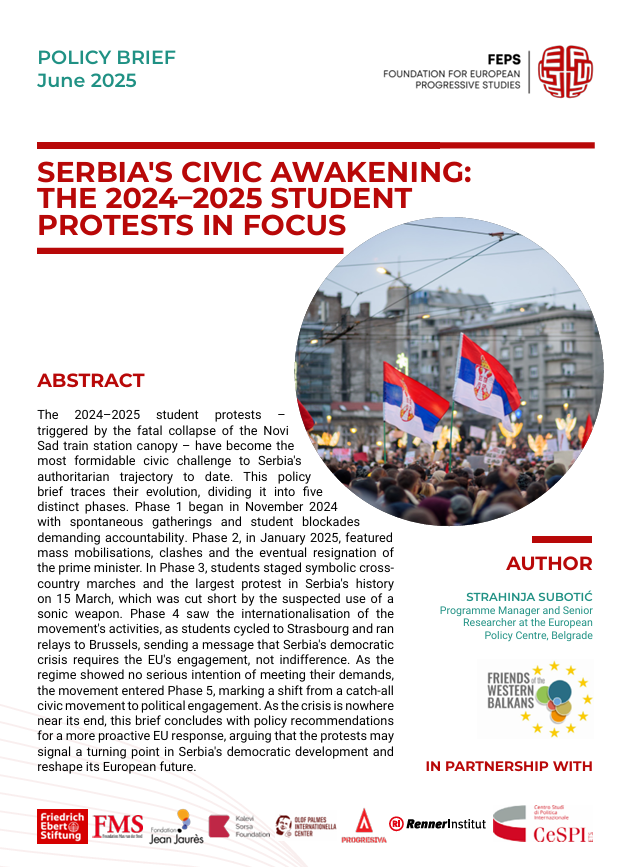Headquarters: Svetog Nauma 7, 11000
Office address: Đorđa Vajferta 13, 11000
Phone:: +381 11 4529 323
Public administration reform (PAR) remains a key requirement for the EU aspirants on their accession path, and according to the revised enlargement methodology it is now part of the cluster on fundamentals (together with, for instance, rule of law, and economic criteria). As a complex and all-encompassing reform, PAR in the Western Balkan region has for years been thoroughly assessed through the lenses of the SIGMA Principles of Public Administration, developed by the OECD/SIGMA and endorsed by the EU.
These Principles define what makes a well-functioning administration in terms of its ability to deliver transparent, efficient and effective services to citizens and to support socio-economic development. In the context of high external pressure for tangible developments in PAR, homegrown demand for better administration becomes even more important to keep pressuring the government to pursue reforms once the external conditionality dissipates as a result of a completed EU accession process. Civil society actors, with local knowledge of the administration’s functioning, can lead such domestic advocacy efforts aimed at better administration. Independent PAR monitoring and evidence-based dialogue with the government represent a good approach to achieve this goal.
Based on such a rationale, the WeBER project has completed its second, 2019/2020 monitoring cycle.1 Its structured and evidence-based approach to PAR monitoring, just like in the first monitoring cycle in 2017/18, particularly focuses on PAR aspects with the highest relevance to the civil society and to the public.
WeBER PAR monitoring strongly relies on the strengths, skills, and local knowledge of the civil society in the Western Balkans. It builds on SIGMA’s Principles of Public Administration as a cornerstone of PAR, while assessing them from the standpoint of an independently produced PAR Monitor methodology. Overall, the methodology, slightly revised using the lessons learned in the first monitoring cycle, is based on the selection of 22 SIGMA principles within six key areas, monitored and reported through 23 compound indicators.
The PAR Monitor methodology is rooted in the regional approach. The design of all WeBER indicators enables comparisons between the administrations in the Western Balkans and allows for regional comparability of results. In addition to the methodology, the PAR Monitor package comprises a comparative monitoring report for the entire WB region as well as six reports which elaborate on detailed findings for each administration. The present report provides results of the second monitoring exercise for Serbia, including a set of actionable recommendations.


